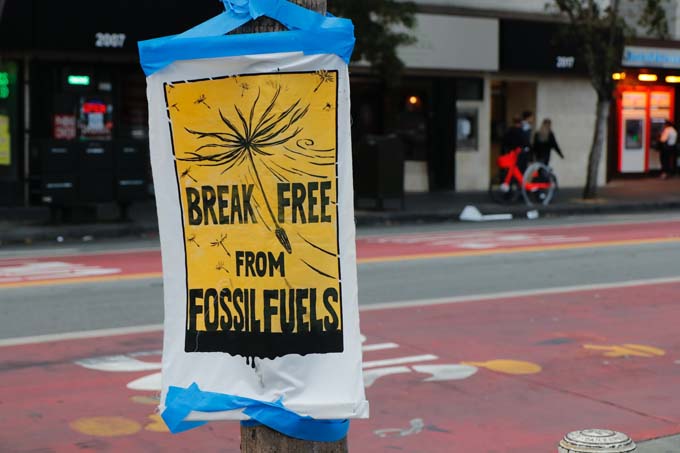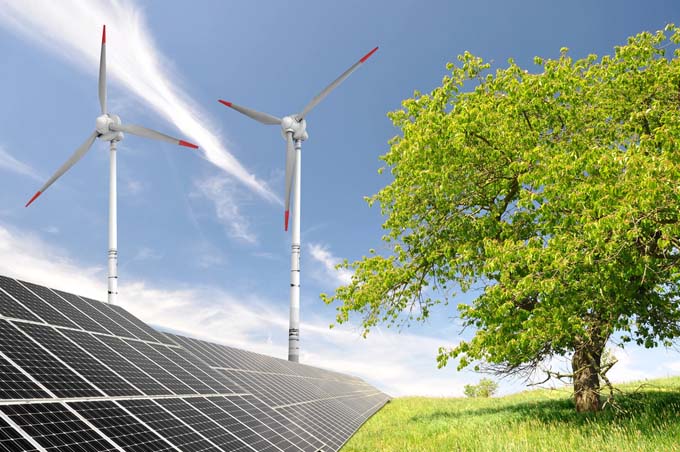Emissions that are difficult to reduce: Does green hydrogen bring the solution?
One of the world's greatest challenges for climate protection is the decarbonization of fossil energy use that cannot be directly replaced by renewable energies. This includes, above all, heavy industry or even cement production. A recently published study concludes that green hydrogen is a possible solution.

Experts agree that reducing CO2 can make a significant contribution to improving the climate. But this is not equally easy to put into practice everywhere. In some industries, emissions are difficult to reduce, especially in those sectors that rely on fossil fuels in large quantities, either for high-temperature energy or for chemical raw materials. These include the iron and steel, cement, chemical, and building materials industries, which together account for about 30 % of the world's annual CO2 emissions. Heavy-duty transport also produces emissions that are difficult to reduce. Trucks or shipping, for example, are more difficult to electrify than passenger transport because they require enormous batteries that increase vehicle weight and entail long charging times.
Particularly large CO2 emitter: China
Many countries are exploring ways to decarbonize. Relatively wealthy countries such as the US and much of Europe are developing strategies focused on renewable energy generation and electric vehicles. China, on the other hand, faces very different challenges because of its particular carbon emissions profile, which stems from the much larger role of heavy industry in its economy. A new study published in the journal Nature Energy examines how China - by far the largest producer of iron, steel, cement and building materials - can use clean hydrogen ("green" or "blue" hydrogen) to decarbonize sectors with hard-to-reduce emissions (the so-called "HTA sectors") and meet its 2030 and 2060 decarbonization pledges. Green hydrogen is produced by splitting water molecules - H2O - using renewable electricity, while blue hydrogen is produced conventionally from fossil fuels, but in combination with carbon capture and storage.
The role of clean hydrogen
The new study by the Harvard-China Project on Energy, Economy and Environment, a joint U.S.-China research program based at Harvard's John A. Paulson School of Engineering and Applied Sciences, is the first to use an integrated modeling approach to assess the potential use of clean hydrogen in China's energy system and economy to meet its 2060 net-zero target. "Filling this research gap will help provide a clearer roadmap for China's CO2 emissions reduction," said Xi Yang, lead author of the study and a researcher with the Harvard China Project. "Our goal with this study was to design a role for clean hydrogen in China's energy economy, which can then serve as a reference for other developing countries with large heavy industry and transportation sectors."
The study examined three questions: What are the main challenges in decarbonizing the HTA sectors? What role could clean hydrogen play both as an energy carrier and as a feedstock in against emissions that are difficult to reduce? And would widespread application of clean hydrogen in HTA sectors be cost-effective compared to other options?
Models against emissions that are difficult to reduce
To analyze the cost-effectiveness and role of clean hydrogen in China's overall economy - with a focus on the under-researched HTA sectors - the team developed a model of an integrated energy system that includes supply and demand in all sectors. The results show that widespread application of clean hydrogen in HTA sectors can help China achieve carbon neutrality cost-effectively, compared to a scenario without clean hydrogen production and use. Clean hydrogen can save $1.72 trillion in investment costs and avoid a loss of 0.13 % of total GDP (2020-2060) compared to a pathway without hydrogen.
The researchers also examined which type of clean hydrogen - green or blue - would be most cost-effective. Their study shows that the average cost of green hydrogen in China can be reduced to 2 $/kg of hydrogen by 2037 and 1.2 $/kg by 2050, making it much more cost-effective than blue hydrogen (1.9 $/kg). "China has rich untapped resources of solar and wind energy, both onshore and offshore," said Chris P. Nielsen, co-author of the study and executive director of the Harvard China Project. "These resources give China advantages in developing green hydrogen for use in the industrial and transportation sectors.
Several flies at one blow
And while tackling hard-to-reduce emissions is critical to climate action, decarbonizing the HTA sectors could bring other benefits. New markets for green hydrogen could also support the energy system's transition to renewable energy sources. Nielsen explains that green hydrogen generation would provide a comparatively flexible form of electricity demand that does not need to be met immediately, as most electricity loads do. Instead, it can often be scheduled, at least within short periods of time. Such demand flexibility is valuable to grid operators because it helps them account for the inherent variability of renewable energy sources, which are affected by changing meteorological conditions. In this way, several flies could be hit at once.
Source: https://techxplore.com/









